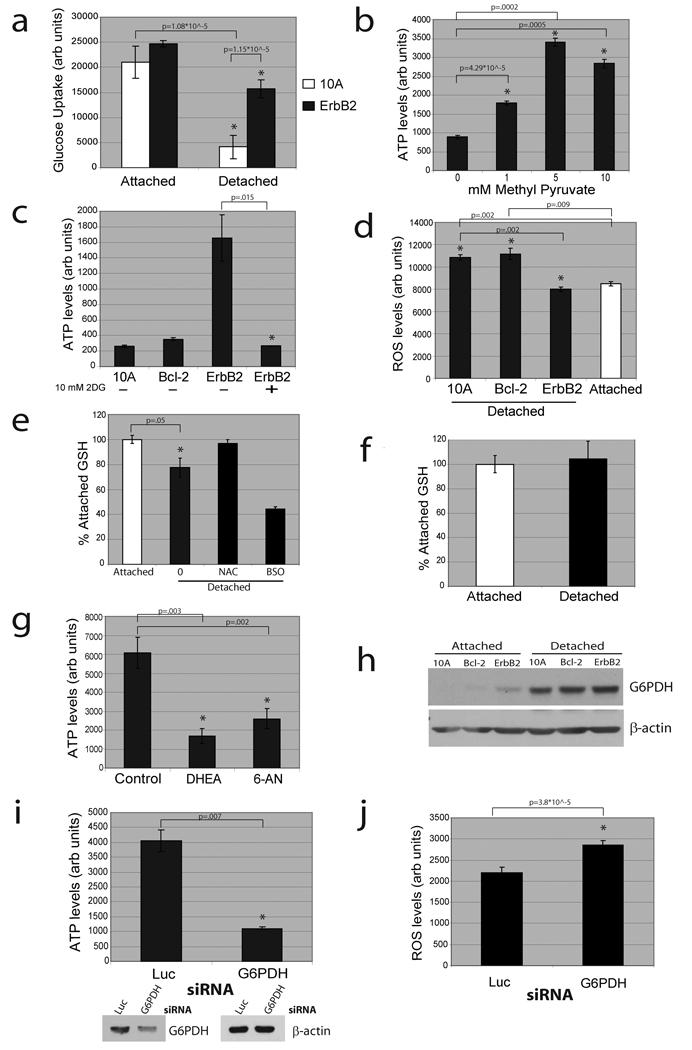Figure 2. Matrix detachment causes a reduction in glucose uptake and ErbB2 rescue of this defect is dependent on PPP flux.
(a) Glucose uptake was measured in the indicated cells using the Amplex Red assay. (b) ATP was measured using the ATP determination kit after treatment (where indicated) of detached cells with methyl pyruvate. (c) ATP was measured using the ATP determination kit after treatment (where indicated) of detached cells with 2DG. (d) ROS was measured in attached and detached cells using DCF-DA. (e) and (f) Reduced glutathione (GSH) was measured in 10A (e) or ErbB2-MCF-10A (f) cells. Results are graphed as the percent of the attached reduced GSH levels. 1 mM NAC and 1 mM BSO (an inhibitor of glutathione synthesis) were used as a positive and negative control. (g) ATP was measured using the ATP determination kit in detached ErbB2-MCF-10A cells after treatment (where indicated) with vehicle control, 150 µM DHEA, or 150 µM 6-AN. (h) The indicated cell lines were immunoblotted for G6PDH after plating in either normal (attached) or poly-HEMA coated (detached) plates. (i) and (j) ATP (i) and ROS (j) were measured after siRNA mediated knockdown of G6PDH in detached ErbB2-MCF-10A cells. Knockdown was confirmed by immunoblotting. All error bars represent standard deviation (n=3). A * represents a statistically significant change calculated using a 2 tailed t test.

